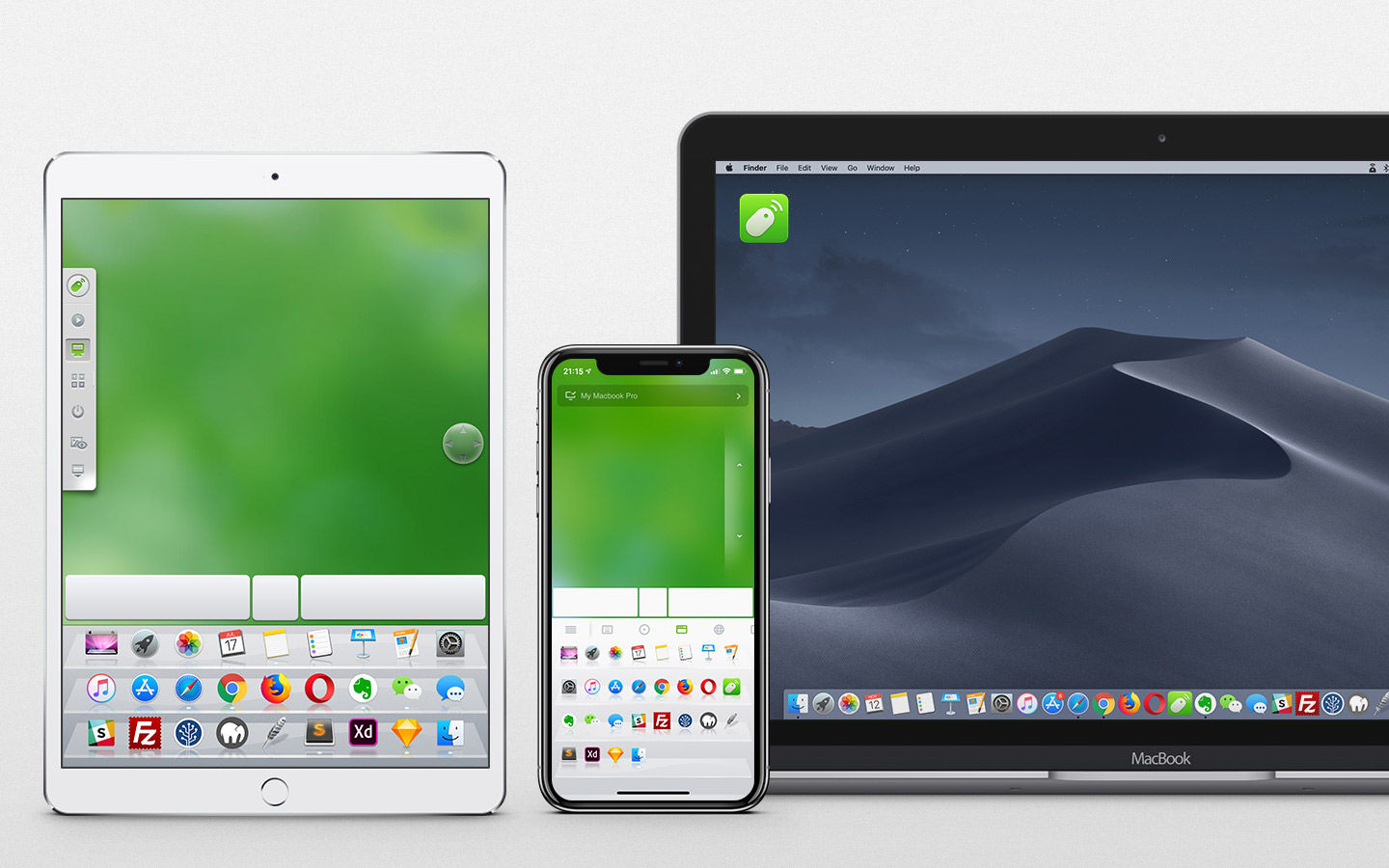

This is a great tool that can force you to do work that requires your focus. This tool does not completely block your access to the internet, but only to certain apps you decide on. With that being said, even rebooting your computer and numerous restarts have no purpose. You can try hard to turn the restriction off, but it won’t work no matter what you do. Your browser will work like it has no internet connection, and with that keeping you from spending your time on unnecessary sites. That means, if you are having a hard time distancing yourself from Facebook or Twitter, for example, SelfControl will allow you to “block” that website for an amount of time you decide on.

#Instagram hazeover free
This is a free tool that allows you to disable certain websites for a certain amount of time. So if you’re ready, let’s start with our list. Since not everyone is the same, no two people have the same strategy for eliminating distractions and keeping focus. Still, it’s on you to decide which one to try. In our opinion, the tools we will mention in this article are some of the best. In today´s article, we would like to give you a few useful online tools that can help you focus better on the task at hand. It Is very easy to lose focus, with our phones constantly on, receiving numerous notifications. Another big distraction would be apps like Netflix, YouTube, and other similar apps, where you can watch movies and videos and completely lose track of time. It helps aspiring IT professionals focus and learn everything they might need in their profession later on. Many tools on the market can even help you get better grades and results. And let us be honest, you would rather spend your time looking at Instagram, scrolling through TikTok and other similar apps, than studying. Especially for us younger generations, the internet and social media alone can take up most of our day if we are not careful enough. But even though it provides us with unlimited information, it can also be a big distraction. Many of us cannot even imagine our everyday lives without peeking at our feed. Goddard plays a leading role in NASA’s accomplishments by contributing compelling scientific knowledge to advance the Agency’s mission.The Internet has become an inevitable part of everyone´s lives. NASA Goddard Space Flight Center enables NASA’s mission through four scientific endeavors: Earth Science, Heliophysics, Solar System Exploration, and Astrophysics. Read more: /NaturalHazards/view.php?id=8453. NASA image courtesy Jeff Schmaltz, LANCE MODIS Rapid Response. Any pollutant that enters the air gets trapped as well, and haze builds up over time.ĭaily satellite images of the North China Plain show that visible haze began to accumulate on October 7, 2014. Since the cool air does not have the energy to rise through the warm air, vertical circulation slows and air becomes trapped near the surface. Occasionally, a mass of warm air will move over cooler air so that the atmosphere actually warms with altitude. Normally, air is warmest near the surface of the Earth.

In this case, the haze was likely trapped by a temperature inversion. Haze in this region tends to worsen in the fall and winter, when cold, heavy air traps pollutants near the surface. The World Health Organization considers PM2.5 to be safe when it is below 25. Most PM2.5 aerosol particles come from the burning of fossil fuels and biomass (wood fires and agricultural burning). Fine, airborne particulate matter (PM) that is smaller than 2.5 microns (about one thirtieth the width of a human hair) is considered dangerous because it is small enough to enter the passages of the human lungs.

Consulate in Beijing reported PM2.5 measurements of 334 micrograms per cubic meter of air. On the day this image was acquired, measurements from ground-based sensors at the U.S. The haze obscured many features usually visible in MODIS imagery of the area, including China’s largest city, Beijing. A thick layer of haze blanketed the North China Plain on October 9, 2014, when the Moderate Resolution Imaging Spectroradiometer (MODIS) on NASA’s Terra satellite acquired this natural-color image at 2:50 Coordinated Universal Time (10:50 a.m.


 0 kommentar(er)
0 kommentar(er)
